Part 90 United States Drug Enforcement Administration Releases 2015 National Drug Threat Assessment Summary, in Puerto Rico and the US Virgin Islands, Guam, Tribal Lands, illicit drug traffickers and money launderers. Drug smuggling, Colombian, Venezuelan, Dominican Republic, cocaine, Marijuana, heroin, family violence, 156 counts of child abuse, poverty, violent and property crime. Drug traffickers. Smuggling Mexico DEA ICE FDA
[2015 Drug Threat Assessment Continued from Part 89 Illicit Finance & Money Laundering]
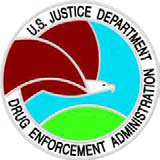
2015 National Drug Threat Assessment Puerto Rico and the US Virgin Islands, Guam, Tribal Lands
The US Drug Enforcement Administration 2015 National Drug Threat Assessment (NDTA) is a comprehensive report of the threat posed to the United States by the trafficking and abuse of illicit drugs, the nonmedical use of CPDs, [Controlled Prescription Drugs] , money laundering, TCOs [Transnational Criminal Organization] , gangs , smuggling, seizures, investigations, arrests, drug purity or potency, and drug prices, in order to provide the most accurate data possible to policymakers, law enforcement authorities, and intelligence officials.
Part 90 United States Drug Enforcement Administration Releases 2015 National Drug Threat Assessment Summary, in Puerto Rico and the US Virgin Islands, Guam, Tribal Lands, illicit drug traffickers and money launderers. Drug smuggling, Colombian, Venezuelan, Dominican Republic, cocaine, Marijuana, heroin, family violence, 156 counts of child abuse, poverty, violent and property crime. Drug traffickers.
Puerto Rico and the US Virgin Islands
With approximate populations of 3.7 million and 106,000, respectively, Puerto Rico (PR) and the United States Virgin Islands (USVI) are part of an island chain located along the eastern edge of the Caribbean Sea, where it meets the Atlantic Ocean. Both are unincorporated, organized territories of the United States. The islands’ economies depend largely on tourism. High unemployment rates (14% to 16% in PR and 10% to 14% in the USVI), coupled with a strategic geographic location (mid-point between the United States and South America) make the islands attractive to illicit drug traffickers and money launderers.
Drug Threat Puerto Rico and the US Virgin Islands
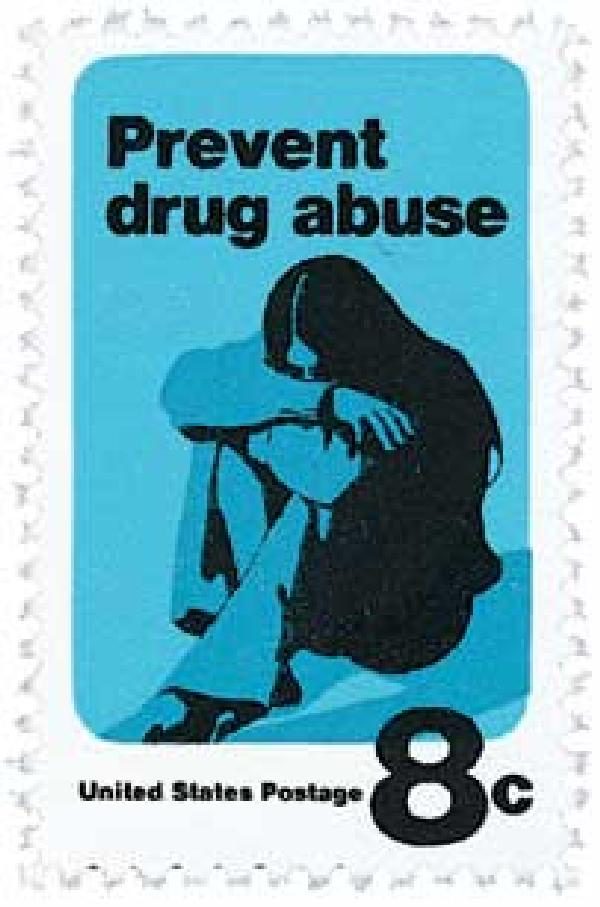
In PR, cocaine is the greatest illicit drug threat. It is more profitable to smuggle than other drugs because of local demand, as well as illicit drug market demands in the continental United States (CONUS) and Europe. In the USVI, crack cocaine also poses a serious threat because of its low price ($10 per rock) and addictive properties. Cocaine is transported to the islands primarily via maritime vessels from Colombia, Venezuela, and the Dominican Republic. Documented cocaine flow through the Caribbean has increased significantly, nearly tripling over the last four years.
Go-fast vessels and maritime pleasure craft are the preferred illicit drug transportation methods in the DEA Caribbean FD AOR. Due to enforcement successes by Dominican authorities and interdiction efforts by the USCG, traffickers have been forced to send multi-ton quantities of cocaine from Venezuela and Colombia directly into PR, bypassing the Dominican Republic. This resulted in a significant increase in kilogram prices of cocaine in the Dominican Republic and increased smuggling movements directly to PR.
The large amount of container traffic from PR to the United States provides an opportunity for illicit drug smuggling. Containers arriving from PR are considered domestic cargo upon reaching CONUS seaports. Traffickers hide large quantities of drugs amid legitimate container traffic, making interdiction extremely difficult without specific intelligence leads.

Port security is a major international concern in the Caribbean, as many ports lack adequate equipment and manpower to monitor and interdict illegal shipments. This lack of resources, combined with corruption and sophisticated concealment methods, creates a significant law enforcement challenge, particularly as cocaine flow shifts back toward the Caribbean. The Puerto Rico Ports Authority currently administers several cargo facilities in PR that handle both containerized and bulk cargo. These facilities are leased to private companies that act as terminal operators. There are five cargo vessel serving facilities in the USVI.
Traffickers exploit the high frequency of cruise ship traffic in PR and the USVI to transport drugs. The Port of San Juan is one of the largest cruise ship destinations in the Western Hemisphere and can dock as many as 12 cruise ships simultaneously. In St. Thomas, USVI, as many as nine ships dock at the island per day.

Traffickers also exploit ferry services that carry thousands of passengers and hundreds of cargo containers per week between PR and the Dominican Republic and between the USVI and the British Virgin Islands.
As Colombian and Venezuelan trafficking organizations have reduced the number of air smuggling operations into the Dominican Republic over the last five years, there has been a noticeable increase in the frequency of maritime cocaine trafficking activities in the eastern Caribbean corridor.xxxv The Eastern Caribbean Corridor includes the Lesser Antilles, the US Virgin Islands, and Puerto Rico.
This trafficking trend directly impacts PR and the USVI. Most recently, traffickers almost exclusively use go-fast boats either departing directly from Venezuela or coming across the Mona Passage from the Dominican Republic.
PR is a major transit point for cocaine smuggled through the Caribbean to the CONUS. Cocaine is smuggled through Luis Muñoz Marín International Airport, in Carolina, on commercial flights destined for major airports in cities such as New York, Miami, and Philadelphia. The Rafael Hernández International Airport in Aguadilla is also a key link [99] between western PR and the CONUS. The airport also serves as a cargo station for package delivery companies and offers regular flights to major East Coast cities. There are also approximately 19 small commercial/charter airports located in PR, some of which are located in rural areas and only partially monitored.
Cocaine is concealed in parcels and mailed from PR and the USVI to the northeastern US, primarily Connecticut, Massachusetts, New York, and New Jersey. Marijuana is smuggled into PR and the USVI via parcels, primarily from California and Texas.
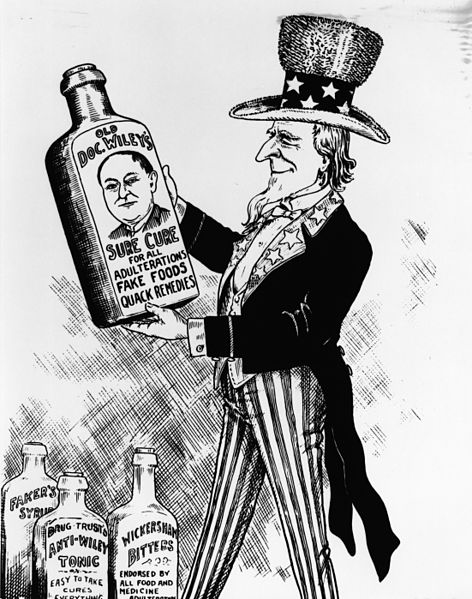
Heroin also poses a serious threat to PR; the drug is consumed locally and transported through PR, destined for the CONUS. In the USVI, heroin does not pose a major threat. The heroin trafficked in PR and the USVI is of South American origin.
Marijuana is widely used in PR and the USVI. Despite a preponderance of Jamaica-produced marijuana in many Caribbean countries, Mexican marijuana continues to dominate the marijuana supply to both PR and the USVI. According to a recent study conducted by PR’s Administration of Mental Health and Addiction Services (Administración de Servicios de Salud Mental y Contra la Adicción), marijuana was the most commonly used illicit drug by Puerto Rican youth in 2012, with a prevalence of 12.4 percent. This is more than twice the rate reported in 2007 (6.1%). In the USVI, marijuana is the most used drug after cocaine.
Drug-related Crime Puerto Rico and the US Virgin Islands
Puerto Rico and the USVI both have high homicide rates. However, violent crime and homicide rates in PR have declined every year since peaking in 2011 with 1,164 homicides (approximately 5 times the US per capita average). Additionally, the USVI marked its highest homicide total in 2010 with 66 homicides (approximately 10 times the US per capita average), but showed a sharp decline by 2013 with only 38 homicide deaths. Law enforcement officials estimate that 80 percent or more of the homicides are drug-related; most homicide victims are 19 to 24 years of age.
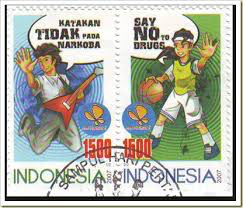
The vast majority of retail-level traffickers in PR operate out of public housing developments and oversee drug markets located in the housing developments or in nearby nightclubs, restaurants, and bars. These organizations use intimidation, violence, and murder to gain or retain control of drug markets. Approximately 90 percent of trafficking organizations are poly-drug, distributing cocaine, crack, heroin, marijuana, and CPDs; many are also involved in illegal weapons trafficking, extortion, and gambling. Wholesale-level traffickers, responsible for large-scale importation of illicit drugs, supply retail-level organizations in PR and export drugs to the CONUS. Wholesale-level trafficking organizations usually do not use violence to the same degree as the smaller trafficking groups, unless control of their smuggling routes or distribution markets is threatened.
Drug Availability Puerto Rico and the US Virgin Islands
Approximately 20 to 30 percent of the cocaine shipments that arrive in PR are consumed on the island; the rest is ultimately destined for the CONUS. An undetermined amount of cocaine remains in the USVI for local consumption.
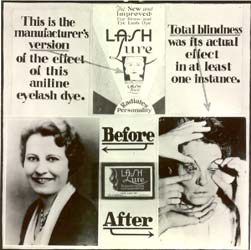
Heroin availability in PR is moderate. In PR, cocaine and heroin are often sold in public housing developments. In the USVI, cocaine and heroin are most often purchased on street corners.
Most of the marijuana consumed in PR originates in Mexico. Mexican marijuana is smuggled into the United States through the Southwest Border and then transported by couriers to PR on commercial airline flights or through commercial parcel services. Synthetic cannabinoids were widely available in PR through sales at local gas stations and shops until August 2012, when the Puerto Rican legislature amended two articles of the Controlled Substance Law of 1971 to prohibit the sale of any products containing synthetic cannabinoids.
Drug Trafficking Groups Puerto Rico and the US Virgin Islands
Colombian, Dominican, Venezuelan, and Puerto Rican trafficking organizations are the primary transporters of cocaine to PR and the USVI. Dominican and Puerto Rican trafficking organizations are the primary wholesale and retail distributors of cocaine. These organizations are highly mobile and unrestricted by national [100]
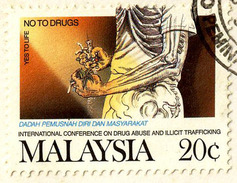
boundaries. They often change their smuggling patterns to avoid law enforcement detection.
Puerto Rico-based trafficking organizations have established heroin trafficking routes from Venezuela to PR. In some cases, traffickers are instructing couriers to travel from Caracas, Venezuela to cities along the East Coast, such as New York or Miami, and then to PR to deliver the heroin. This indirect route is taken in order to evade law enforcement scrutiny. Heroin available in PR is also smuggled through the Dominican Republic. Heroin trafficking organizations based in the Dominican Republic use human couriers to smuggle heroin on the vehicle/passenger ferry that operates between the Dominican Republic and PR.
Drug Production Puerto Rico and the US Virgin Islands
Marijuana is cultivated in rural areas of both PR and the USVI. Marijuana seizures and indoor marijuana grows have significantly increased in PR.
Outdoor cannabis cultivation occurs in southern PR, while hydroponic cultivation has become common in the eastern areas, contributing to widespread marijuana availability. However, seizures at cultivation sites in PR are rare.
In the USVI, the densely forested regions and mountainous areas of St. Thomas, along with national park areas of St. John, are significant marijuana cultivation sites. Outdoor cultivation and hydroponic grows have been increasing. For example, in August 2013, enforcement operations eradicated 6,504 marijuana plants, while a similar eradication operation netted 5,516 plants in 2012. Although authorities seized 300 marijuana plants in June 2013 from inside a private residence in St. Thomas, indoor grow operations in the USVI are still not considered to be a significant threat.
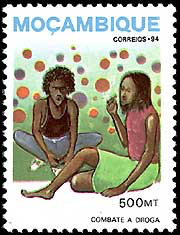
Diversion/Illicit Use of Controlled Prescription Drugs
Puerto Rico and the US Virgin Islands
While there is very little illegal flow of diverted pharmaceuticals between PR and the CONUS, the diversion of pharmaceutical products and prescription drug abuse is a growing threat in PR. The vast majority of people involved in CPD diversion obtain CPDs locally. Pharmaceutical prescriptions are primarily diverted by unscrupulous physicians who prescribe medication without legitimate medical examinations, and by individuals using forged prescriptions. CPDs are also obtained through Internet pharmacies and from patients who sell their own legitimate prescriptions. Further, criminal organizations obtain CPDs through doctor shopping, operating in small groups of three to five people. CPDs are available at almost all drug markets in PR. In the USVI, CPD abuse is low.
Guam
Guam, an organized and unincorporated territory of the United States, is an island in the North Pacific Ocean. Strategically located, it is the largest and southernmost island in the Mariana Islands archipelago. The majority of its population is of Chamorro ethnicity at 37 percent, followed by Filipino at 25.5 percent, then by Caucasian at 10 percent. In 2014, Guam’s population was estimated at approximately 168,000. The island’s economy depends largely on tourism and US national defense spending, followed by construction and transshipment services. As of March 2014, Guam’s unemployment rate was 7.4 percent. Many of Guam’s violent crimes are linked to drugs, alcohol abuse, lack of economic opportunities, and lack of educational attainment.
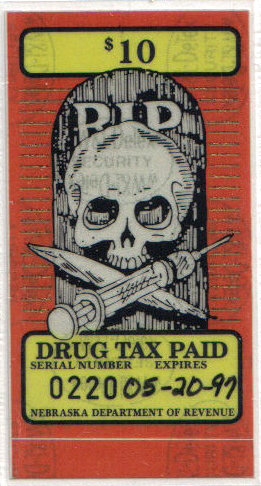
Drug Threat Guam
Methamphetamine is the principal drug of choice in Guam. Major sources for the methamphetamine available in Guam are California, Hawaii, the Philippines, and other Asian countries. In 2014, DEA, USPS, and the Guam Customs and Quarantine Agency seized approximately 8.8 kilograms of crystal methamphetamine. Most of Guam’s property crime, which consists of burglary, larceny, motor vehicle theft, and arson, is linked to drug trafficking and abuse. Drugs and drug trafficking have increased the possession and use of firearms and explosives. Guam PD investigations indicate the number of drug transactions involving the trade and use of firearms and explosives has increased to serious levels. In 2012, the Guam PD made 153 arrests related to drug activity. In 2013, Guam PD made 227 arrests and in 2014 they made 202 arrests related to drug activity.
In 2014, Guam voters approved a ballot initiative legalizing marijuana for “debilitating medical conditions.” The Department of Public Health and Social Services (DPHSS), which is in charge of creating the rules and regulations for medical marijuana, is considering allowing three dispensaries, for northern, central, and southern parts of Guam.
Substance abuse in Guam remains stable and has not changed significantly over the last three years, with the exception of crystal methamphetamine. However, according to the Guam DPHSS, most victims of family violence come from homes where the family member inflicting violence abuses drugs or alcohol. In the 2013 preliminary Guam PD Adult Arrest Charge Report, individuals were arrested for 495 criminal counts of family violence and 156 counts of child abuse. In 2014, the Prevention Education and Community Empowerment (PEACE) Council published a draft of the Guam State Prevention Enhancement Comprehensive Strategic Plan for 2014-2018. The plan focuses on substance abuse prevention and early-intervention. Combined, violence against family members accounts for 9.5 percent of total arrest counts in Guam. Additionally, the District Court of Guam released its 2014 Annual Report stating that 42 percent of all felony offenses were drug-related.
Drug Availability
Crystal methamphetamine poses the greatest threat to Guam. The drug is commonly used and available, and use has been described by medical and law enforcement experts as reaching “epidemic proportions” in Guam. Over the past several years, street prices for methamphetamine have ranged from $350 to $800 a gram.
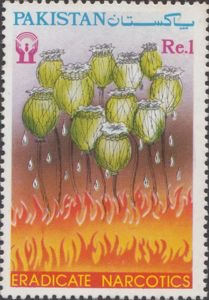
Marijuana also poses a significant threat to Guam. Low-quality marijuana is cultivated in Guam. In 2014, Guam Customs seized approximately 3.7 kilograms of marijuana. In 2014, street prices ranged from $500 to $700 for an ounce of marijuana, and approximately $7,500 per pound.
Drug Trafficking Groups Guam
Asian syndicates are the most prevalent criminal groups in Guam and are typically comprised of Korean, Filipino, and Chinese nationals who smuggle methamphetamine to the island via couriers. Guamanians residing on the mainland often acquire methamphetamine and mail it to family members in Guam, who sell the drug for increased profits. Current reporting indicates no direct relationship between Mexican organizations and traffickers in Guam. Monetary proceeds are mailed to the CONUS or sent through wire remitters or bank accounts.
According to the US Postal Inspection Service (USPIS), methamphetamine and marijuana have been hidden in pillows, toothpaste, powdered drink containers, potato chip bags, candles, and candy during 2014.
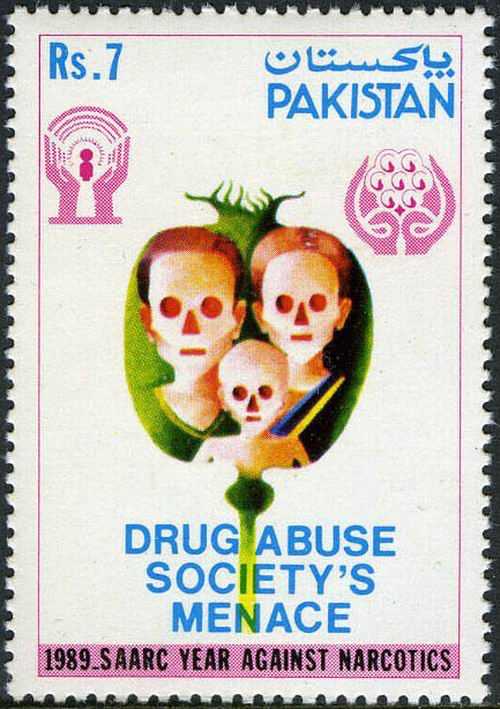
Drug Production Guam
Cannabis is cultivated in Guam. Local growing sites are located within heavy jungle growth in close proximity to residential dwellings. Most of these sites are located in rural areas with little or no public access. The average yield per plot is 25 to 50 plants.
According to Guam PD, there has been an increase in indoor marijuana production. The average indoor marijuana cultivation site consists of between 15 and 20 plants. It is believed that marijuana cultivators are growing indoors so they can control various factors (including light, nutrients and water, and the security of their plants) involved in cultivating marijuana plants for a more potent product.
(U) Guam Resident Sentenced on Drug and Money Laundering Charges In November 2014, in Agana, Guam, three members of a trafficking organization were convicted of money laundering, conspiracy to distribute methamphetamine hydrochloride, and conspiracy to import methamphetamine hydrochloride. They were part of a group shipping methamphetamine from Nevada to Guam. During this investigation, 17 members of the organization were convicted or pleaded guilty and approximately 1,000 grams of methamphetamine was seized.
Tribal Lands
Drug Threat in Indian Country
The drug threat in Indian Countryxxxvi varies by region and is influenced by the illicit drugs available in major cities near the reservations. xxxvi Indian Country includes all land within the limits of any Indian reservation, all dependent Indian communities within the borders of the United States, and all Indian allotments, the Indian titles to which have not been extinguished. Most illicit drugs available throughout Indian Country are transported to reservations by Native American criminal groups and independent dealers who travel to nearby cities to purchase drugs, primarily from Mexican traffickers and other criminal groups. The number of drug cases worked by Indian Country law enforcement programsxxxvii increased seven-fold between FY2009 and FY2014; drug arrests increased eleven-fold during that time. These include the Bureau of Indian Affairs (BIA), the BIA Division of Drug Enforcement, and Tribal law enforcement. (See Charts 38 and 39.)
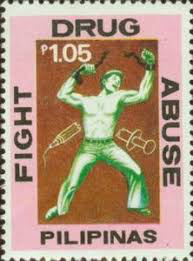
(U) Chart 38. Indian Country Law Enforcement Program Drug Cases, FY2009 – FY2014 Source: Bureau of Indian Affairs
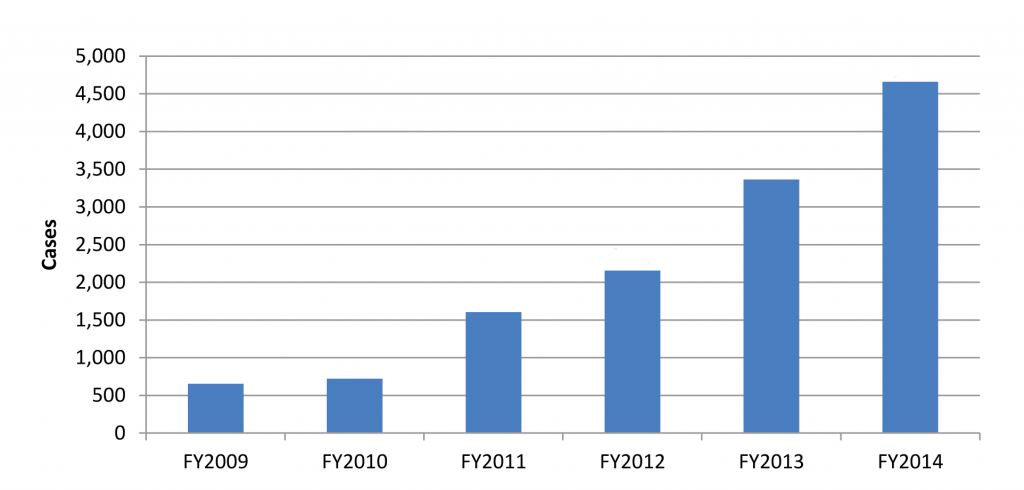
High levels of unemployment and poverty are prevalent throughout Indian Country and contribute to Native American communities’ susceptibility to substance abuse and exploitation by drug traffickers.
(U) Chart 39. Indian Country Law Enforcement Program Drug Arrests, FY2009 – FY2014 Source: Bureau of Indian Affairs
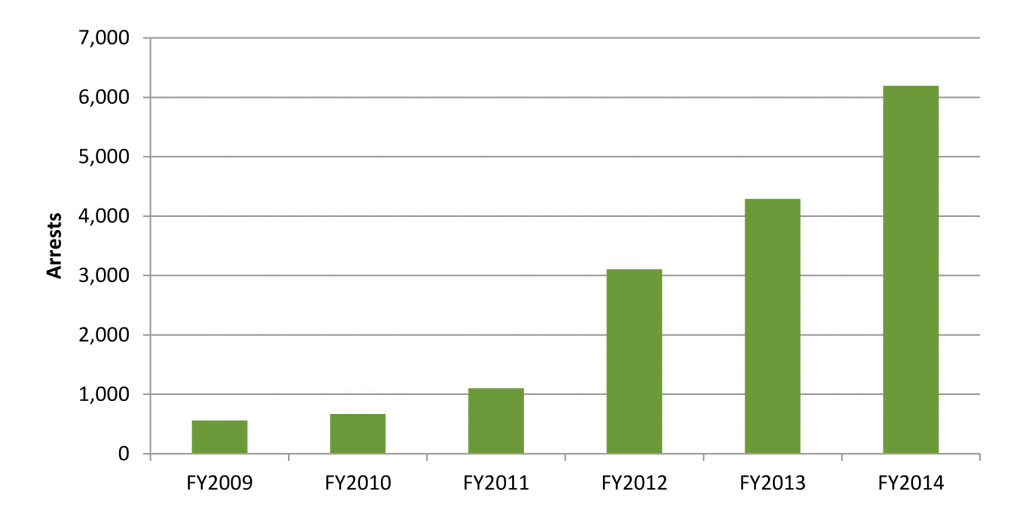
While marijuana and methamphetamine are the illicit substances most widely used by American Indians, prescription drug and heroin use have increased in many areas of Indian Country.
Most illicit drugs are transported onto reservations by Native American criminal groups or individuals who travel to nearby cities to purchase the illicit drugs and transport them back to the reservations. In some instances distributors who reside on remote reservations travel long distances to obtain drugs for distribution in their home communities.
Although marijuana is the most widely available illicit drug on reservations, ice methamphetamine, powder and crack cocaine, “bath salts,” diverted pharmaceuticals, heroin, and MDMA are also available at various levels. Mexican traffickers, the principal wholesale suppliers and producers of most illicit drugs available to reservations throughout Indian Country, pose the greatest organizational threat.
Drug production in Indian Country is limited; however, there are readily available supplies of illicit drugs typically in cities near reservations, and in the case of reservations bordering Mexico and Canada, because of the supplies of illicit drugs transported through them. Further, Mexican traffickers play a prominent role in producing cannabis at outdoor grow sites in remote locations on reservations, particularly in the Pacific Region.
Traffickers continue to smuggle multiple tons of high-potency marijuana through the Tohono O’odham Reservation in south/central Arizona, which accounts for less than 4 percent of the US–Mexico border. These traffickers also smuggle lesser amounts of cocaine, heroin, and methamphetamine. Drug traffickers exploit the vast stretches of remote, sparsely populated desert, the 75 miles of largely unprotected border with Mexico, and the highways that connect the reservation to major metropolitan areas to distribute illicit drugs in markets throughout the United States.

Traffickers also smuggle large amounts of illicit drugs into the United States through reservations that are located near or overlapping the US–Canada border, namely the St. Regis Mohawk Reservation in New York, commonly referred to by its Mohawk name, Akwesasne. Traffickers smuggle multi-thousand tablet quantities of MDMA into the United States and multi-kilogram quantities of cocaine into Canada through the reservation.
The use of illicit drugs leads to impaired personal behavior that often results in violence and other criminal behavior. While crime rates on some reservations continue to be five times (in some cases more) higher than the national averages, the widespread availability and abuse of drugs coupled with trafficking by multiple criminal groups and gangs operating in Indian Country, contribute to a wide range of violent and property crime. Drug traffickers engage in these crimes to facilitate their operations, while drug users generally engage in such crimes to support their addiction. Further, most reservations remain economically depressed and lack the resources necessary to counter the drug threat.
(U) Indian Affairs and the Bureau of Indian Affairs.
Indian Affairs (IA) is the oldest bureau of the United States Department of the Interior. Established in 1824, IA currently provides services (directly or through contracts, grants, or compacts) to approximately 1.9 million American Indians and Alaska Natives. There are 566 federally-recognized American Indian tribes and Alaska Natives in the United States. The Bureau of Indian Affairs (BIA) is responsible for the administration and management of 55 million surface acres and 57 million acres of subsurface minerals estates held in trust by the United States for American Indians.
Disclaimer: The author of each article published on this web site owns his or her own words. The opinions, beliefs and viewpoints expressed by the various authors and forum participants on this site do not necessarily reflect the opinions, beliefs and viewpoints of Utah Standard News or official policies of the USN and may actually reflect positions that USN actively opposes. No claim in public domain or fair use. © Edmunds Tucker. UTopiAH are trade marks of the author. Utopia was written in 1515 by Sir Thomas More, Chancellor of England.
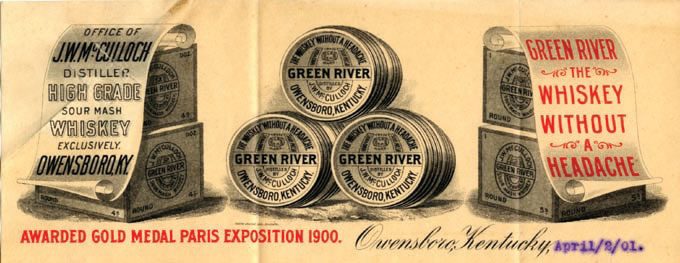
[2015 Drug Threat Assessment continues next at Part 91 appendix AMAPS]
Utah Standard News depends on the support of readers like you.
Good Journalism requires time, expertise, passion and money. We know you appreciate the coverage here. Please help us to continue as an alternative news website by becoming a subscriber or making a donation. To learn more about our subscription options or make a donation, click here.
To Advertise on UtahStandardNews.com, please contact us at: ed@utahstandardnews.com.


Comments - No Responses to “Part 90 United States Drug Enforcement Administration Releases 2015 National Drug Threat Assessment Summary, in Puerto Rico and the US Virgin Islands, Guam, Tribal Lands, illicit drug traffickers and money launderers. Drug smuggling, Colombian, Venezuelan, Dominican Republic, cocaine, Marijuana, heroin, family violence, 156 counts of child abuse, poverty, violent and property crime. Drug traffickers. Smuggling Mexico DEA ICE FDA”
Sure is empty down here...